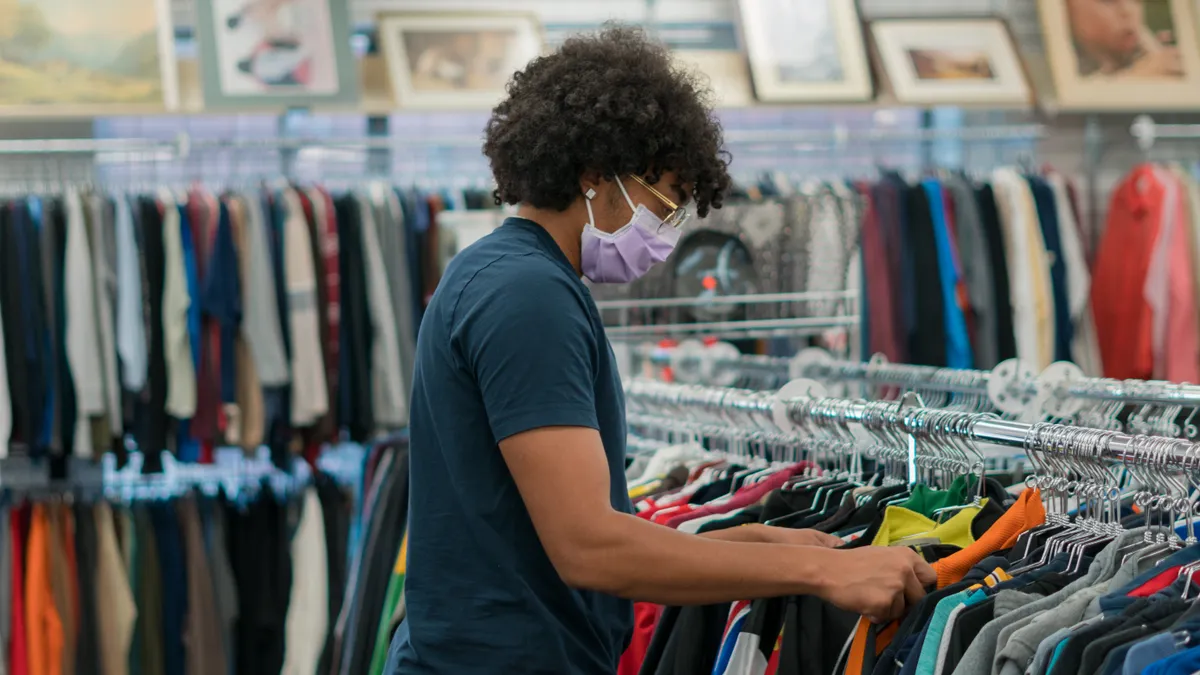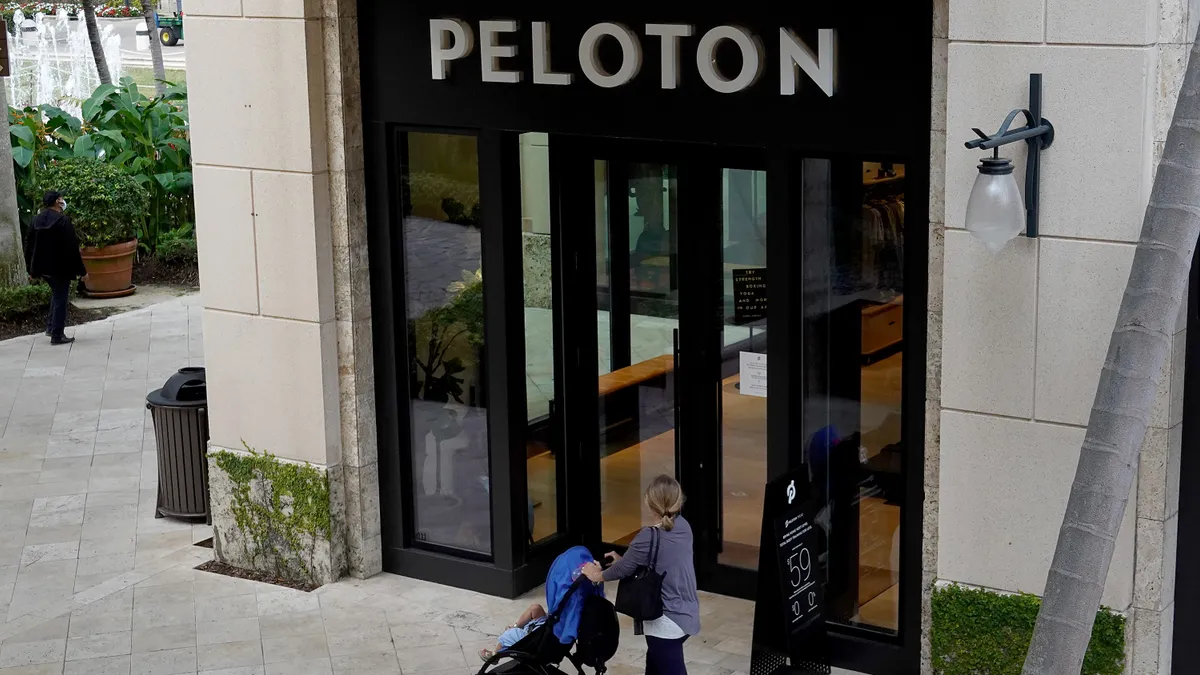For retailers, COVID-19 may not have ultimately changed the industry so much as hurdled it several years into the future.
Aside from a new focus on safety and the spread of pathogens, much of that future had been widely predicted throughout the industry in years prior. Preparations were varied at best.
As stores closed and Americans sheltered in place, the future arrived. Even digital holdouts began shopping online. Curbside — not even a thought for many consumers and store chains — took center stage along with other low-contact fulfillment options. Some companies, such as Target, were ready after years of investment. Others were scraping together solutions on the fly with cardboard signs.
With vaccines rolling out, the biggest question for retail is which changes are permanent (at least to a degree) and which will change again once consumers broadly seek a post-pandemic life.
One of the industry's largest trade groups, the Retail Industry Leaders Association, set about talking with executives among its member companies to draw up the new rules for operating in 2021 and beyond.
The result was a report from RILA and consulting firm McKinsey that lays out seven "imperatives" for industry players. Four of those the report describes as "familiar to retailers" — a doubling down on omnichannel, personalization, delivery and social concerns such as sustainability.
The others are labeled as "growth" areas that target retailers' workforce, productivity and costs, and its role in what the authors describe as an "ecosystem," which might loosely be described as an integrated, data-collecting set of services.
The digital shift is 'sticky'
The report acts as a potential benchmark for how retailers expect to change alongside their peers. It also suggests that executives have a growing sense of what the new normal of their industry might look like, including after perhaps the biggest shift of 2020 — the pivot to a higher share of digital and omnichannel sales.
"Lots of consumers who were not big fans of online have this newfound love of the convenience, and it's sticky," Sajal Kohli, senior partner with McKinsey and one of the report's authors, said in an interview.
Survey data in the report shows executives expect post-pandemic e-commerce penetration to "significantly increase" to 25% to 40% of sales across categories. That means all kinds of investments and adaptations for retailers, from real-time inventory tracking and planning to revamping stores to also serve as fulfillment centers.
Some big names in retail began preparing for this shift years ago. With Amazon on their flanks in the mid-2010s, Walmart, Target, Best Buy (all RILA members) and many others ploughed money and effort into becoming more adept digital and omnichannel players.
Target, for example, had extended its curbside Drive Up service to its store fleet in 2019, less than a year before the pandemic hit. Walmart spent billions acquiring Jet.com and, with it, a digital executive in founder Marc Lore (who left Walmart recently). These investments paid off just in time for the COVID-19 crisis and its widespread shifts in consumer habits.
But either because of capital shortfalls or organizational inertia, or both, many others in the retail industry put off investments in fulfillment, apps, websites, IT infrastructure, inventory management and all the things needed to be a nimble multichannel retailer.
The sales shift to digital may help partially solve the capital conundrum. "In general, the No. 1 use of capex has been incremental square footage," Kohli said, referring to investments in new brick-and-mortar stores and remodels. "Now it's online. Suddenly you have a source of funding."
The multi-pronged, omnichannel approach to digital buying consumers took during the pandemic could also help retailers' bottom lines. A new report from Moody's retail analyst team that also looks at the lessons learned from the pandemic noted, "Unlocking inventory within their stores enables companies to reduce investment and can support improved economics as product is shipped closer to delivery points or the 'last mile' is driven by the customer."
For example, shipping from stores — which on its face is not cheap — helped to "limit the severity of markdowns by using product sitting in closed stores to fulfill online orders," the Moody's team noted.
Also freeing up cash for investments are the major cost cuts and "austerity measures" retailers took last year as they slashed spending on marketing, labor and back office functions, according to the Moody's report, which noted the cuts will likely continue beyond the COVID-19 crisis.
Sustainability at the fore
ESG (environmental, social and governance) concerns were also accelerated by the pandemic, according to the RILA and McKinsey report. In the early days of the pandemic, with retailers focused on sheer survival amid massive revenue shortfalls, it was unclear if the push for more focus on sustainability and social good would continue apace.
"The pandemic wasn't the only thing that was happening last year," RILA President Brian Dodge said in an interview, pointing to the civil unrest around the killing of George Floyd and other major social movements and tensions seen over 2020. "Social issues came to the fore in a major way. It dealt directly with the fundamental health to the business overall."
In data cited in the report, Gen Zers especially are willing to pay more for products that support their values, and 80% of that generation refuse to buy goods from companies involved in societal scandals.
Dodge said that some of the "imperatives" listed in the report "can be perceived as being in direct conflict," such as a focus on environmentally sustainable practices and the race to faster shipping.
RILA's report also advises retailers to tap into on-demand labor and gig models without accounting for the overall potential for economic uncertainty those models may create for workers. It does, however, note that "this flexibility comes with risks, including an erosion of brand identity and company culture, legal and regulatory issues, and an uneven customer experience."





















